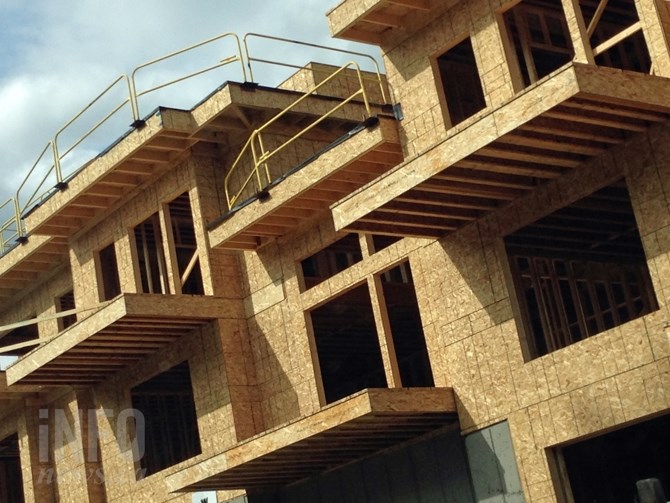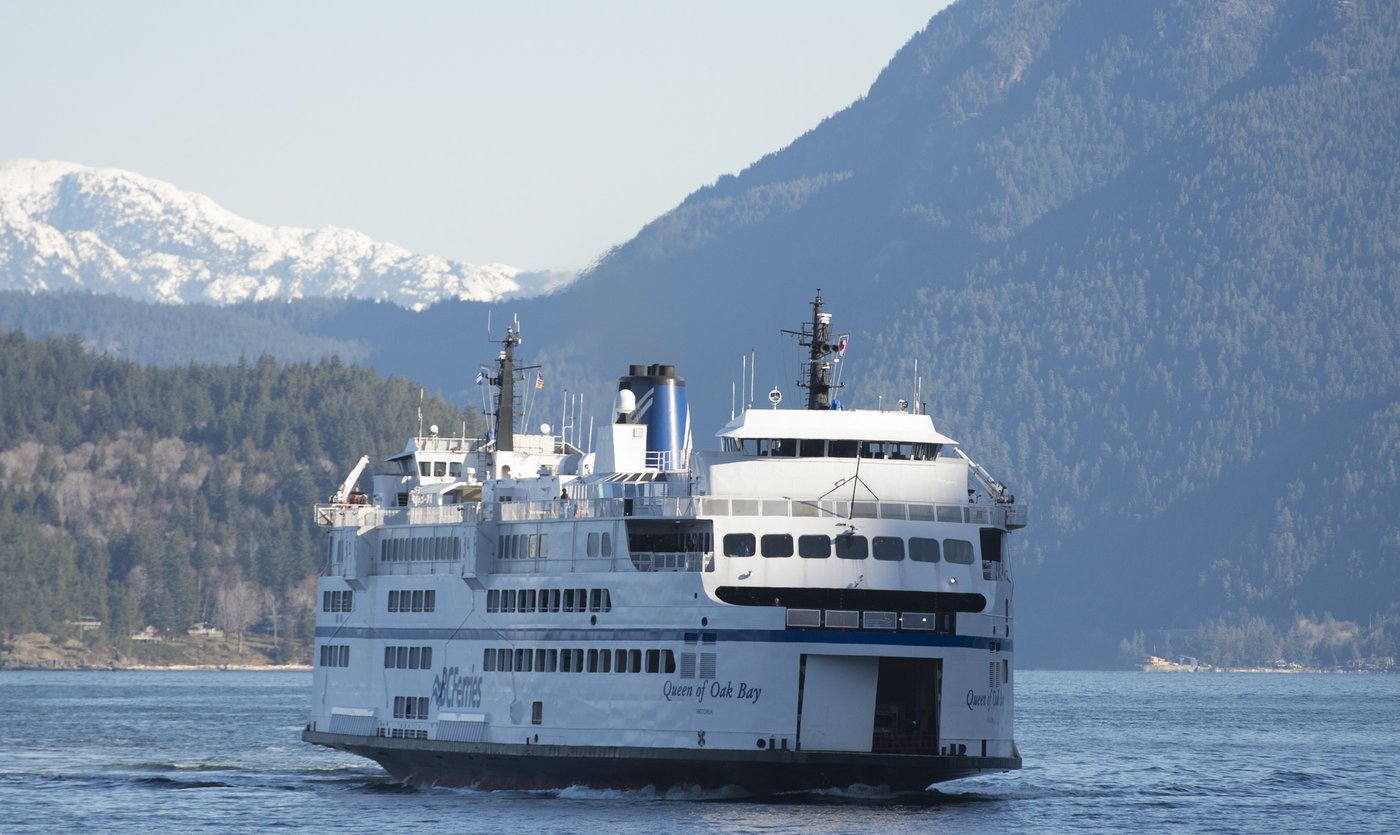Rec centres or affordable housing? Kelowna council needs to get its priorities straight: builder
Earlier this week Kelowna city council adopted a staff plan on how to spend a $26 million gift from the province with half of it going to a new recreation centre, but not everyone is on board.
“Council needs a rethink to figure out what their priorities are and go after them accordingly,” was the response of Dan Winer, executive officer of the Canadian Home Builders Association of the Southern Interior.
“The secret’s out on Kelowna,” he told iNFOnews.ca. “It’s the fastest growing community in Canada. It’s going to continue to be the fastest growing community. Building skyscrapers was a great interim solution but it still hasn’t moved the needle.
“We need to densify faster and we need to create a system that’s conducive to doing that and I’m not optimistic that currently we have that system in place and that’s despite the fact that Kelowna city staff have been a leader on trying to get more infill built. It’s still not enough.”
The $26 million comes from the province’s $1 billion Growing Communities Fund that is a one-time grant to “help build community infrastructure and amenities to meet the demands of unprecedented population growth.”
Kelowna has long had plans to replace the aging Parkinson Recreation Centre. The new building is expected to cost in the neighbourhood of $150 million so the $13 million from the province will be used to reduce debt costs.
Another $9 million is allocated to what’s termed DCC projects. Those were not specified.
DCCs are development cost charges builders pay for every housing unit, which can be up to $45,000 per home. Those fees go to build things like roads, parks and sewers, with some assistance from taxpayers.
The other $5 million from the provincial grant is designated to go to other council priorities.
“Council said this is what was initially brought forward by staff,” Mayor Tom Dyas told iNFOnews.ca. “We will take a look at it with regards to the percentage share. We will be sitting back and looking at that. It’s not set in stone just yet.”
A similar $4 billion federal government Housing Accelerator Fund will open for applications this summer.
Winer hopes the city makes better use of that fund to increase more affordable housing stock.
“One thing they could look at is the best way to use the housing accelerator fund to either reduce development cost charges or other fees associated with building this missing middle housing,” he said. “Or looking at incentive programs to build missing middle housing or acquiring the land so that it can be sold back to the building and development community at subsidized rates so that initial sticker price goes down so those projects are a little more feasible to build.”
Missing middle housing is the term used for housing that is higher density than costly single-family houses but still ground oriented, like fourplexes or row housing.
“I had a meeting with the homebuilders association earlier this week and I did mention to them that, if there are good common sense ideas that they feel would be beneficial for us to consider and potentially something I’m just not thinking of or we’re not seeing, please communicate those to us so that we can see if we can apply them,” Dyas said. “Their goal to establish affordable housing and more housing within this community is also our goal as a council.”
Kelowna does allow fourplexes to be built on single-family lots in the designated downtown to South Pandosy areas of the city without going through costly and time-consuming rezoning hearings.
That’s something the province wants to happen all across the province but legislation governing that change won’t be introduced until the fall.
That has not worked so far in Kelowna, Winer said.
READ MORE: Fourplex plan creates a 'wealth windfall' for single-family home owners: expert
“We saw a lot of fourplexes go into one core area so overall that program created more homes and, therefore, could be defined as successful,” he said. “However, what it did as well was artificially inflate the value of the land in that area and now we’re seeing that inflated value is staying sticky.”
And it’s had an impact on housing prices beyond those core areas.
“Homes in Rutland are overvalued,” Winer said. “Homes in the Capri area are overvalued because they’re costing the price of the land for redevelopment as opposed to the cost of land for potential home ownership.”
That means in order to build a fourplex, a developer has to dish out $1 million for the land, which works out to $250,000 per unit. With development cost charges and other fees, that puts the per-unit cost well above $300,000 before actual construction costs are added in.
That has resulted in those fourplex units selling in the $800,000 per unit range, Winer said.
“Even a couple could not afford one of these townhomes that were intended to make housing more affordable,” he said.
READ MORE: Why now is likely the best time to buy a house in Kamloops, Okanagan
Prices may ease if fourplexes are allowed on any single-family lot in the city as the province is suggesting.
“At end of the day, if the people who live here want their kids and their grandkids to be able to live here too, we need to get more housing built,” Winer said. “That requires dealing with the not-in-my-back-yardism. That requires getting more houses built and involves putting every possible solution on the table for exploration in order to get those homes constructed as quickly as possible.”
Dyas said the province is trying to encourage municipalities to make changes, like expanding the area where fourplexes can be built, rather than bringing in blanket regulations.
So the city is looking at that.
“As a council, we said we want to acquire city owned land, or the city owned land that we have, to build affordable housing,” Dyas said. “We want to increase the number of rental units with below market rents and we want to partner on the creation of below market housing pilot projects, something that is outside the box, that isn’t being done right now. Those are three of our priorities that we have listed.”
To contact a reporter for this story, email Rob Munro or call 250-808-0143 or email the editor. You can also submit photos, videos or news tips to the newsroom and be entered to win a monthly prize draw.
We welcome your comments and opinions on our stories but play nice. We won't censor or delete comments unless they contain off-topic statements or links, unnecessary vulgarity, false facts, spam or obviously fake profiles. If you have any concerns about what you see in comments, email the editor in the link above.




